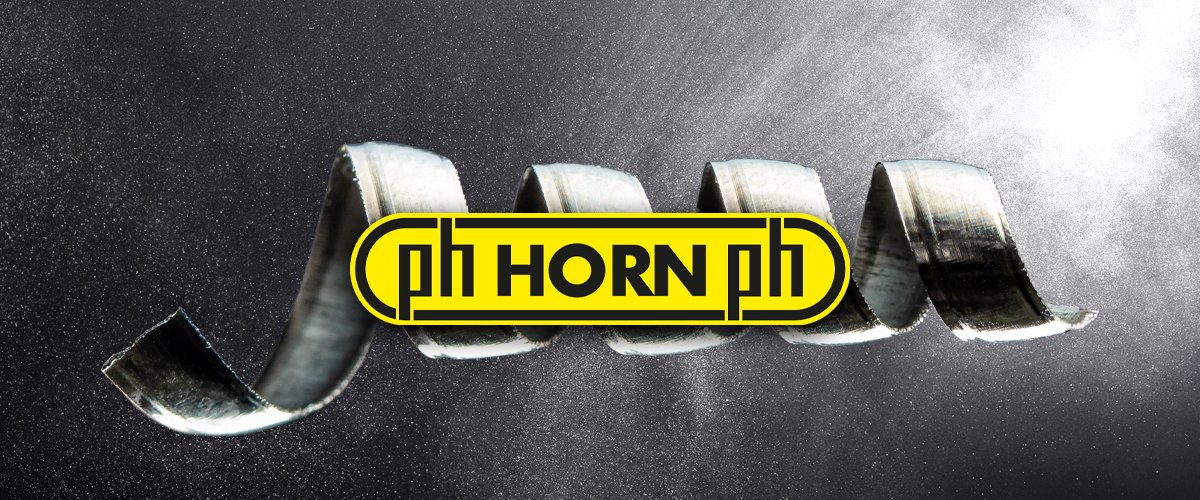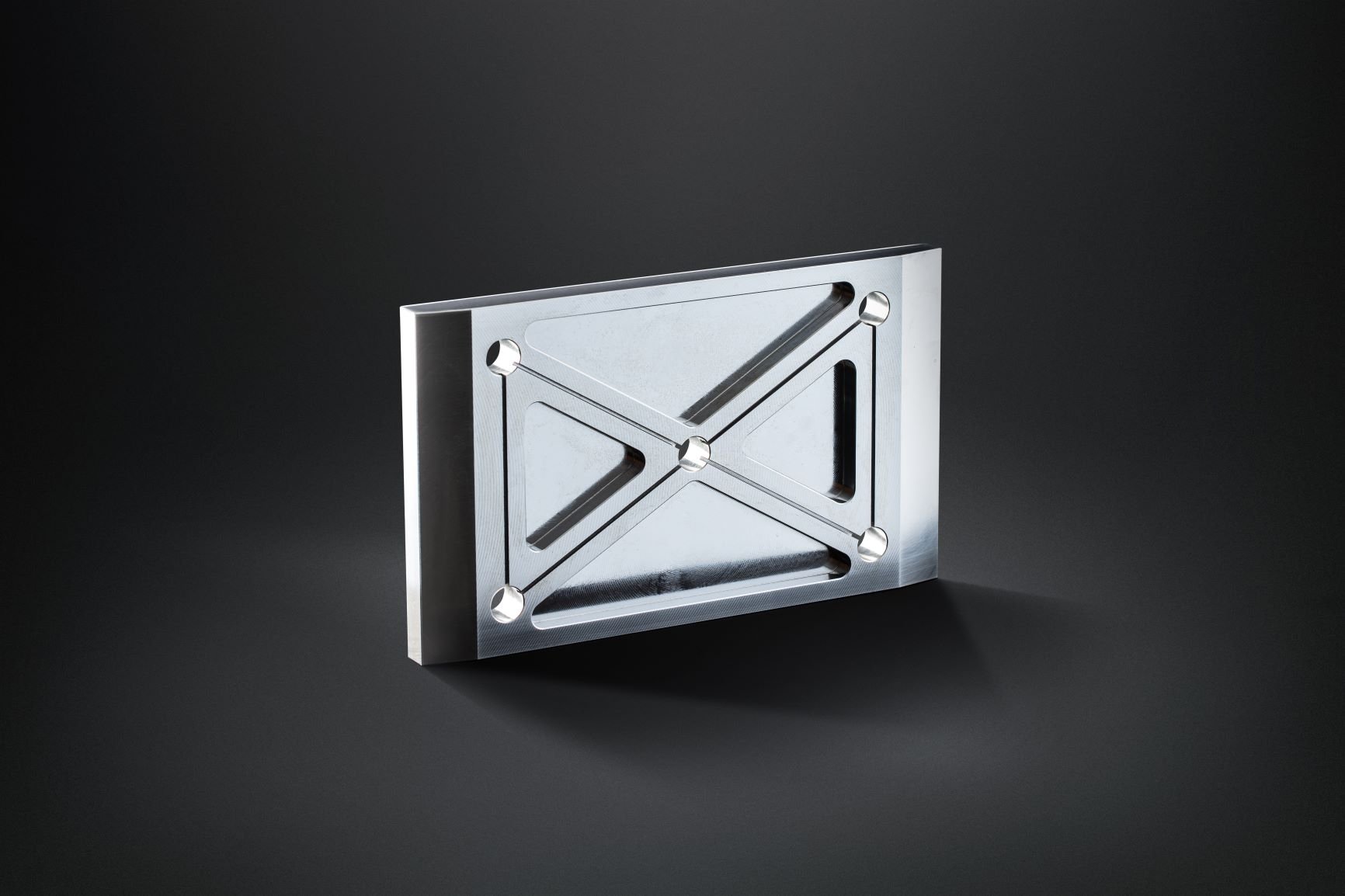HORN Speed Forming

In the speed forming process, the tool moves over the workpiece and removes chips in a way similar to planing. The chips are formed by the cutting edge and the feed is generated by the machine. The spindle does not rotate; the axes generate the feed. Philipp Dahlhaus, Head of Product Management at Horn: “The process is analogous to broaching. However, speed forming is only intended for external use on a milling machine, whereas broaching is used for internal and external machining on lathes.” Speed forming produces deep, narrow grooves that might be difficult to machine efficiently with a milling cutter due to an unfavourable length-to-diameter ratio, for example. Furthermore, this process is also a sensible choice for applications in which side milling cutters cannot be used due to interference. Speed forming can be used for shaped grooves as well as straight grooves. The tool itself is based on the Horn type 105 tool system. The tool is very narrow but is also extremely stable due to its geometry. The geometry is a key property of the tool, as it is particularly important that the chip tapers appropriately in the case of narrow grooves. In addition to standard tools – all equipped with chipbreaker geometries – the tool is also available as a special customised for the application.
In practice
A slightly modified customer component (image 1) from tool and mould making serves as a practical example. The dimensions of the groove are 7 x 2 mm. “A previous attempt to produce this groove with an end mill was not economical, as the length-to-diameter ratio is relatively large,” says Philipp Dahlhaus. The spindle speed was also limited in this example. Furthermore, the guide holes result in interference, which means that a side milling cutter cannot be used. Due to these circumstances, the customer decided to use speed forming. Philipp Dahlhaus explains: “The process starts in the central guide hole in the Z direction. As the tool is very narrow, the chip thickness is 0.03 mm. With a wider tool, a chip thickness of up to 0.15 mm per stroke is possible, depending on the material. The machine generates a cutting speed of vc = 60 m/min, depending on the machine and its dynamics.” Coolant is used as a general rule with this type of machining. For this reason, all tool holders feature internal cooling to ensure that the cutting edge is cooled efficiently. Furthermore, it is important that the axis is clamped when the tool is positioned in the machining direction so that the tool moves in a stable manner. The types of groove that can be machined – straight, curved or undulating – largely depends on the machine control. When moving in a curve, for example, the tool must be adjusted accordingly. Some machine manufacturers already offer the requisite cycles. In the case of the component in the example, the following improvements were achieved: time saving of 52 per cent compared to milling, which frees up 8 hours of machine capacity based on an order volume of 100 components. In addition to the time saving, process reliability was another important factor. The speed forming process is much more stable than milling, as the milling cutters used previously would often break due to their length-to-diameter ratio. This was down to the chips that would get stuck in the groove. The chipbreaker geometry used in speed forming offers significant advantages in this respect.
Overview of the speed forming process
Paul Horn GmbH has developed a range of speed forming tools for machining deep, narrow grooves into cubic workpieces with maximum productivity. To create deep and narrow grooves (with a width of two to three millimetres), tool and mould makers generally use milling cutters with a large length-to-diameter ratio. Due to the high risk of breakage, relatively low feed rate and infeed settings have to be selected. However, thanks to its speed forming tools, Horn now allows the creation of grooves up to 20 mm deep, quickly and cost-effectively. The tools are based on the Supermini 105 system. As with broaching, the tool travels along a programmed path with a fixed spindle orientation. The maximum infeed for the individual cutting strokes is 0.3 mm with a fast feed rate (maximum 60 m/min). Additionally, the tool can be combined with a cutting cycle for producing curved or undulating grooves. This makes it a highly productive solution for creating cooling fins or reinforcing ribs on a housing, for example. When used with appropriate machines and components, the tools achieve shorter machining times since the teardrop shape of the Supermini system is able to withstand higher loads, thereby allowing infeed in the direction of cutting. Some machine manufacturers are already developing appropriate cycles for curved grooves. As for programming straight grooves, experienced CNC programmers will find it fairly straightforward. All versions feature internal coolant supply.





